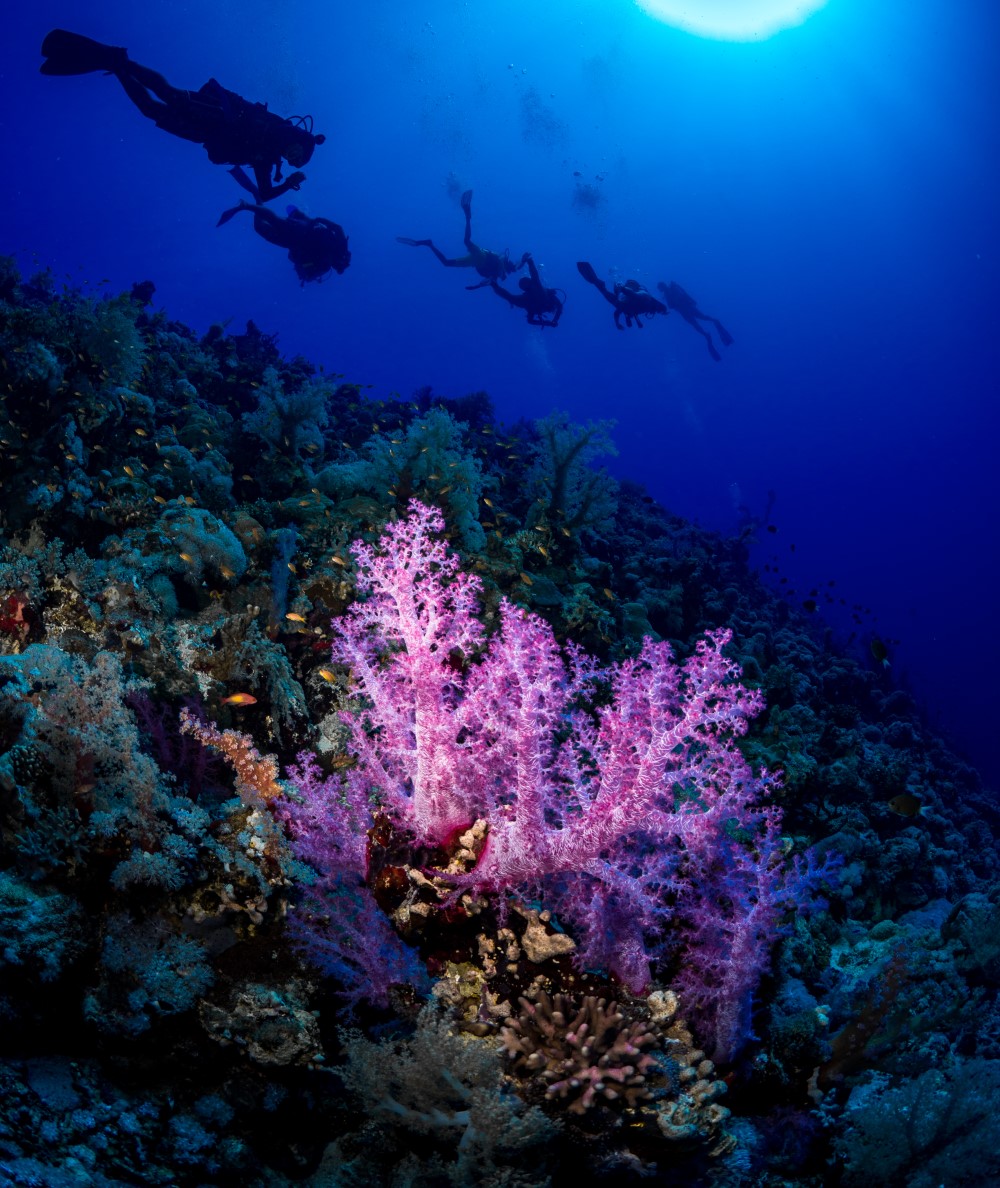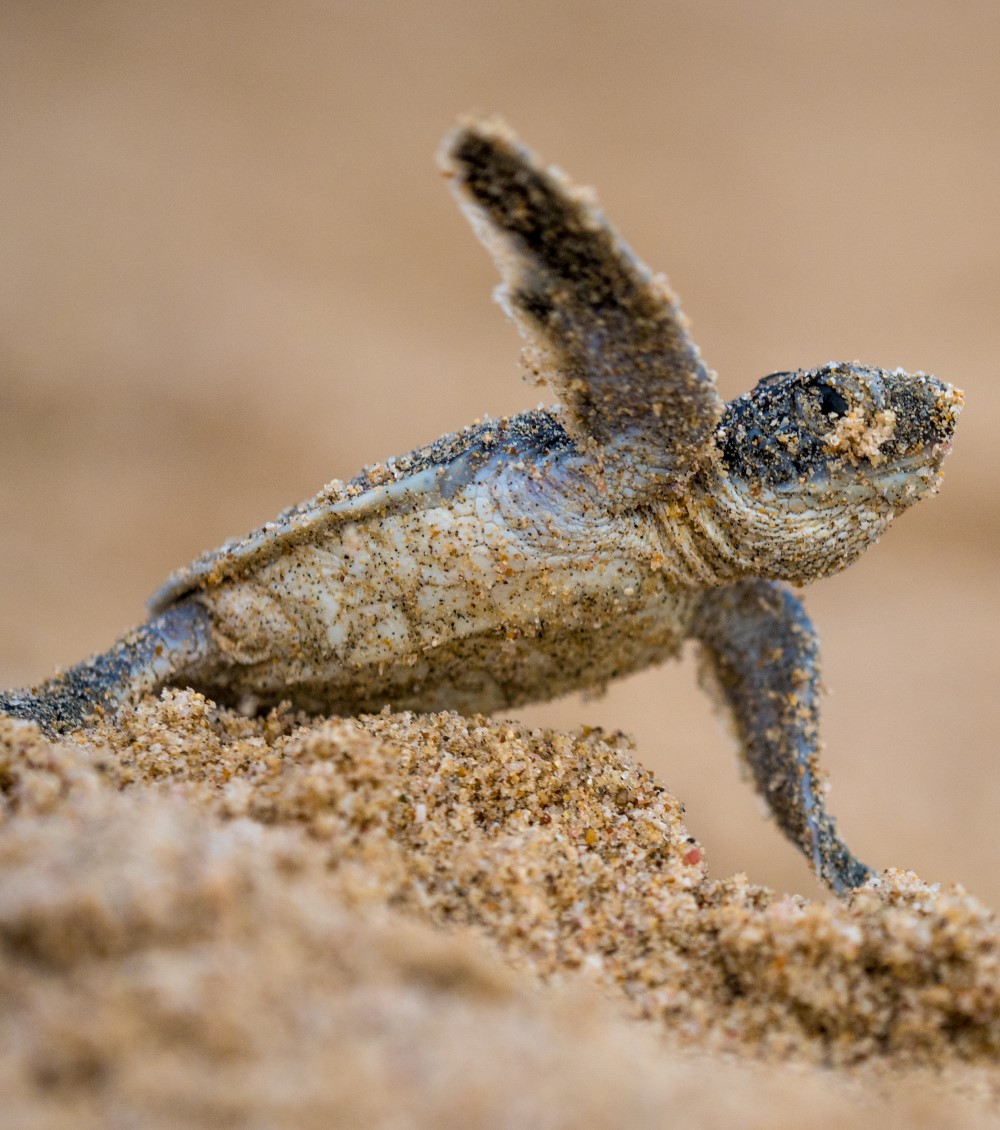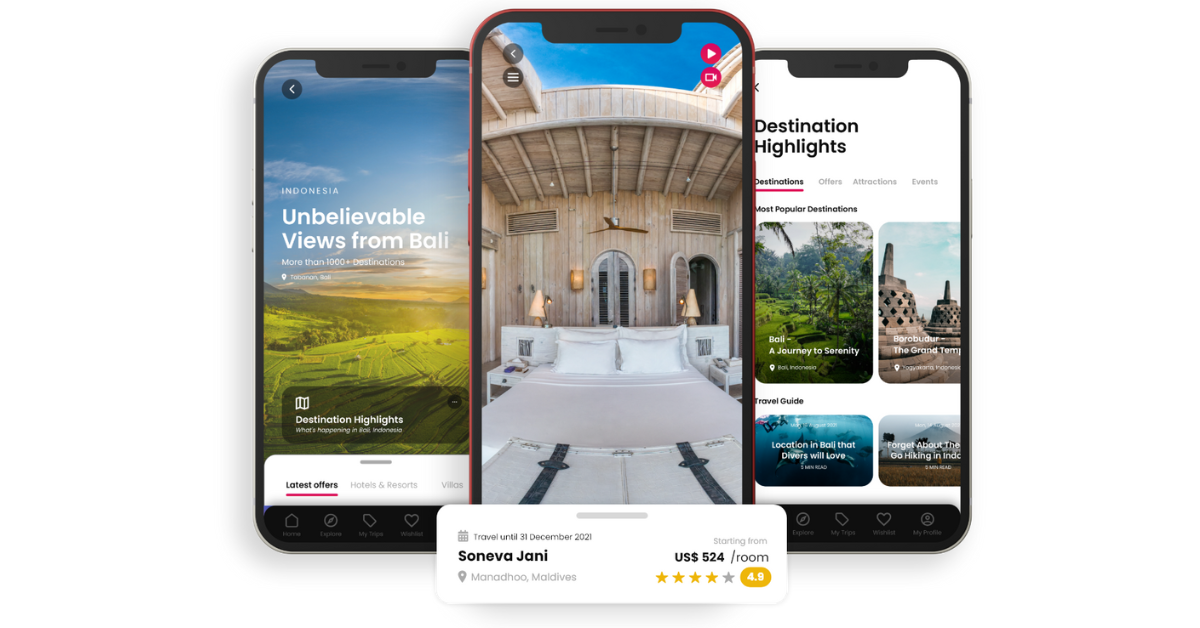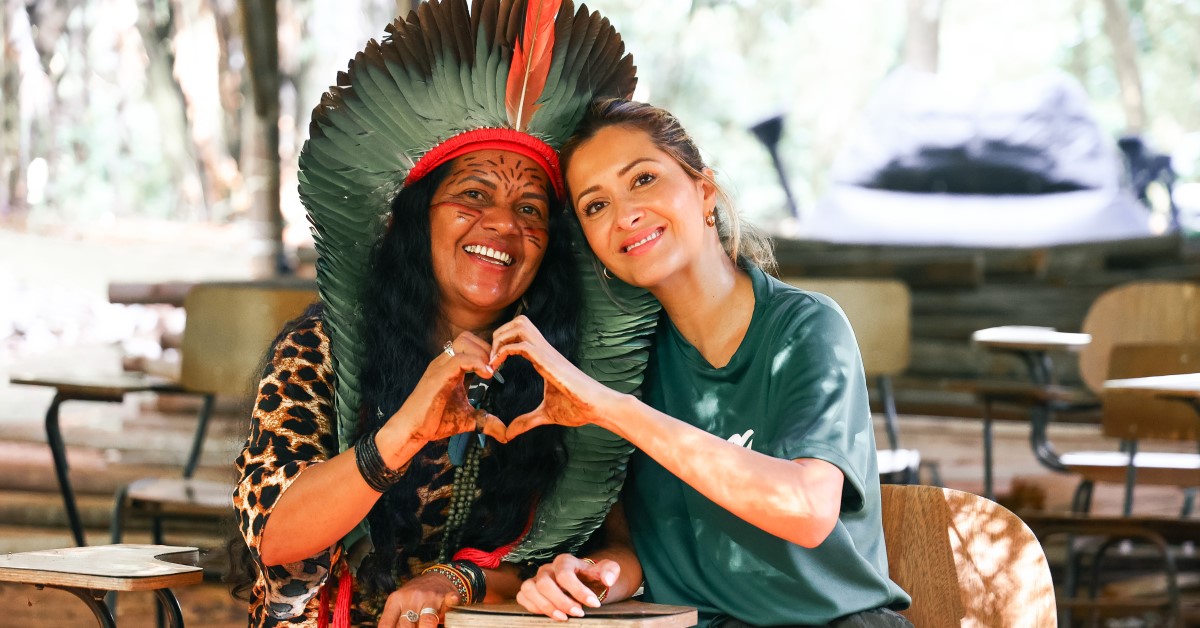From using virtual reality to emulate real-life destinations to deploying robots to map out marine life, new technologies are revolutionising the travel sector
Words: Will Mofftt
“I think as an industry, we tend to just not think big, not step outside,” Phillipe Brown, founder of the eponymous travel firm Brown + Hudson, tells me. “That’s one reason why the virtual and augmented reality thing is of interest. It’s pushing people’s buttons.”
Pushing people’s buttons seems to be Brown’s forte. Since 2007 he has sought to represent a different calibre of travel company; one that creates truly bespoke journeys for discerning individuals who expect something more than luxury and beyond extraordinary.
Be it holding obligatory interviews with clients to discern their psychological makeup, utilising cutting edge scientific research Brown + Hudson has never not been innovative. Now it is using ChatGPT to help plan and execute its itineraries. “It goes into the mix in the same way that we have a library full of books or we have the internet,” Brown says. “We have brainstorms, and we come up with crazy ideas.”
Brown + Hudson is dabbling with virtual reality too, sending its creative team and travel experts to brainstorm with some of the world’s top VR thinkers. In their capable button pushing hands travellers could be permitted to roam the backstreets of Marrakech, or experience an adrenaline-soaked drive in a hypercar through Nürburgring, the notorious German Grand Prix racetrack, all by donning a headset.
For now this is all rather hypothetical and outlandish: a scenario yet to be fully fleshed out and realised, but you wouldn’t bet against it turning travel on its head. Afterall VR is already being used by real life resorts.
Six Senses, Shangri-La and Soneva properties have all turned to tech to enhance the booking process, giving guests 360-degree virtual reality resort tours to entice them to book.
The brand behind the magic is Igoroom, the brainchild of James South, founder & CEO of Gecko Digital, the largest virtual reality agency in Asia in the hospitality game.
“Nobody else was doing anything like this and we knew it would bring a sea change in how consumers research and book their travel,” South tells me. “Traditional hotel OTAs dominate the market, but only show consumers flat images. Our tech allows customers to get a completely transparent view of what they are booking, with no room for negative surprises on arrival.”
Gecko Digital is expanding its partnerships with hotel groups worldwide: recently it announced a partnership with the Seychelles Tourism Department, ‘opening up a world of extraordinary VR experiences in this tropical paradise’.
Advanced technologies are being utilised to map out and understand natural resources at eco resorts too. The Red Sea project, Saudi Arabia’s headspinningly ambitious luxury tourism and sustainable development project, is deploying robots to help researchers better understand vulnerable and opaque ecosystems.
Since March 2021 Dr Rhonda Suka, marine planning and monitoring manager at Red Sea Global, and her team of 20 scientists, has been seeking to quantify and protect the area’s marine life.
“We do over 300 surveys a year looking at fish population dynamics, coral reef habitats, turtles and the cetaceans and seabirds. The full spectrum,” Suka explains. “Our job is to monitor natural resources, not only to know what we have, but also to see how everything is doing as the development progresses. If you build anything, you're going to have some kind of impact. We really want to minimise that impact.”

To do this the researchers use a technology called structure from motion which involves taking 1000s of pictures of an object and using a software to stitch those images together to form a 3D model.
“The technology gives us a lot of in-depth information, but the analysis is incredibly time consuming,” Suka explains. “You have to open up the model, find the colony that you're looking for, compare it, measure it, write your notes, and then extract meaningful data.”
To save time the programme is working to incorporate artificial intelligence into these tools, enabling a robot to recognise live coral tissue from photographs. “Not only would the computer be able to trace each live coral colony, but identify it, and calculate change over time,” Suka explains.

That level of sophisticated computer-driven analysis is still some way off, but the team are utilising an artificial intelligence tool called CoralNet that uses deep neural networks to identify and distinguish coral, algae and sand from photographs taken at the bottom of the ocean.
For Suka the use of these burgeoning technologies will be integral to helping preserve these delicate ecosystems as they become more open to tourists.
“This place is absolutely beautiful, so if we can preserve that and share it with people, it will be a huge success,” she says. “I really am very optimistic that will happen and that it won't be a repeat of what we've seen in other places where the environment came as a concern much too late in the game.”







